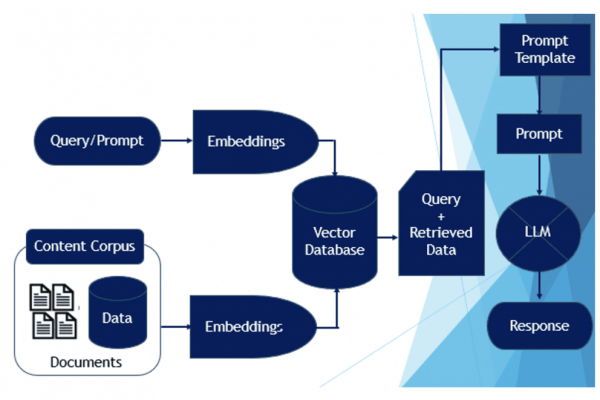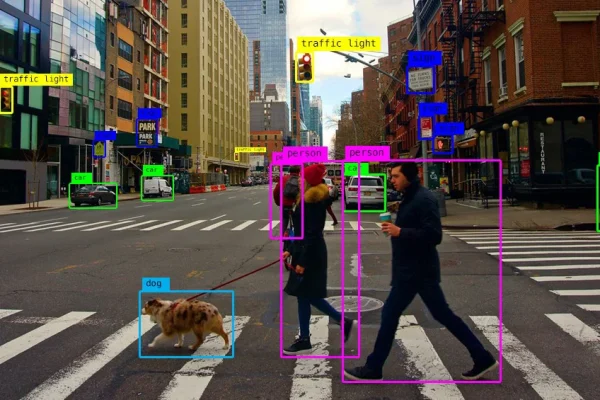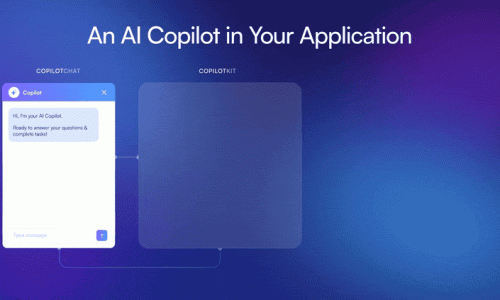RAG gen AI development

Retrieval-Augmented Generation (RAG) is an advanced AI architecture that enhances text generation by combining two key components:
1.Retriever – Searches for relevant information from external sources (e.g., databases, documents, APIs).
2.Generator – Uses a language model (e.g., GPT) to generate responses based on both retrieved and pre-trained knowledge.
In the RAG process, when a user inputs a query, the retriever fetches up-to-date and relevant information, and the generator produces a response enriched with this external data.
AI copilot development
A Copilot is an AI-powered assistant integrated into an application to provide intelligent suggestions, automation, and guidance to users. It leverages machine learning (ML) and natural language processing (NLP) to analyze user input, retrieve relevant information, and suggest actions in real-time.
Benefits of Computer Vision for Users
1.Enhanced Automation:
•Automates visual tasks such as quality inspection, security monitoring, and medical diagnostics.
2.Improved Accuracy:
•Provides precise analysis and detection, reducing human error in critical applications like healthcare and manufacturing.
3.Faster Processing:
•Analyzes large volumes of visual data quickly, improving efficiency in industries like retail and surveillance.
4.Better User Experience:
•Enables features such as facial recognition, augmented reality (AR), and personalized recommendations in apps.
5.Security and Safety:
•Helps in security applications by identifying threats, monitoring activities, and ensuring compliance.
Computer vision
Computer Vision is a field of artificial intelligence (AI) that enables machines to interpret and analyze visual data (such as images and videos) in a way similar to human vision. It uses techniques like deep learning, pattern recognition, and image processing to detect objects, recognize faces, analyze scenes, and more.

Benefits of Copilot for Users
1.Enhanced Productivity:
•Automates repetitive tasks, speeds up workflows, and reduces manual effort.
2.Improved Decision-Making:
•Provides intelligent suggestions and insights based on data analysis.
3.Personalized Assistance:
•Adapts to user preferences and behavior for a tailored experience.
4.Reduced Errors:
•Suggests corrections and improvements to minimize mistakes.
5.Seamless Integration:
•Works within existing applications, enhancing the user experience without needing external tools.

